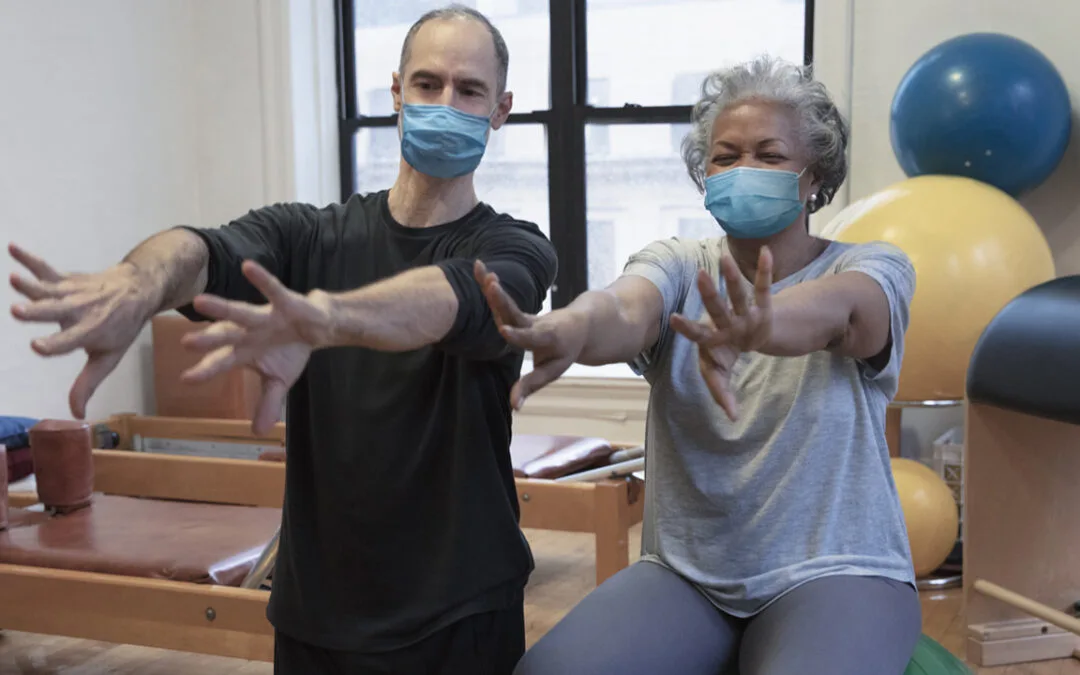Diabetes is a disease in which the body does not produce or use insulin properly. It is a serious health complication that can lead to organ damage, heart disease, kidney failure, and amputation. Insulin allows sugar to enter cells and provide energy to the body for daily activities. Failure to produce or use insulin can lead to an excessive amount of sugar in the blood impairing circulation and can damage nerve endings. 90 to 95 percent of people that have been diagnosed with diabetes have the type 2 variety. This is caused when the body cannot metabolize insulin properly and can develop at any age. Type 2 diabetes is preventable but it can worsen without intervention.
Common triggers of diabetes are poor diet, obesity, and lack of physical activity. These causes play important roles in developing type 2 diabetes. Type 2 diabetes can be managed or even prevented by committing to a healthy lifestyle that focuses on weight control, getting proper nutrition, regular exercise, and other lifestyle changes. On top of it, physical therapists can greatly help a diabetic patient to reduce potential risks by designing a safe and effective program.
Exercise programs can help you lower your blood sugar levels. It can also improve your mobility while reducing the pain that the condition may cause. Physical therapy will be beneficial in many aspects of healing and relief. More than the movement, it will enhance your strength, flexibility, endurance, balance, and coordination in performing daily living and work activities. It also contributes a safe way of treating chronic pain and protects painful areas from diabetic nerve pain and prevents blisters and sores from developing.
Aerobic and resistance training
Your personalized physical therapy will include exercises like aerobic training, a walking program, and wound care therapy. Aerobic and resistance training will help you manage your weight and glucose level, and build muscle. A combination of resistance training and a healthy diet can reverse type 2 diabetes.
Wound care therapy
Wound care therapy includes manual therapies, electric stimulation, compression therapy, and wound care techniques. These treatments will provide the wound with the blood and oxygen it needs to heal and improve circulation for faster healing of the wounds.
Walking program
Taking regular walks can lower the risk of heart disease and increase other health benefits. This basic form of exercise is recommended by physical therapists. According to a study by Harvard Health researchers, women with diabetes who do at least four hours of moderate exercise, including walking, had a 40% lower risk of developing heart disease.
Diabetic neuropathy
Diabetes causes the deterioration of nerves and blood vessels which results in numbness or weakness. Physical therapists can help you modify your daily activities to prevent accidental injury and minimize discomfort through low-impact exercise programs. Physical therapy can greatly help in managing and preventing the risks of type 2 diabetes. With proper exercise programs and a nutritional diet, reversing diabetes is possible. Seek help from professional physical therapists to guide you in creating the best suitable program for you.



